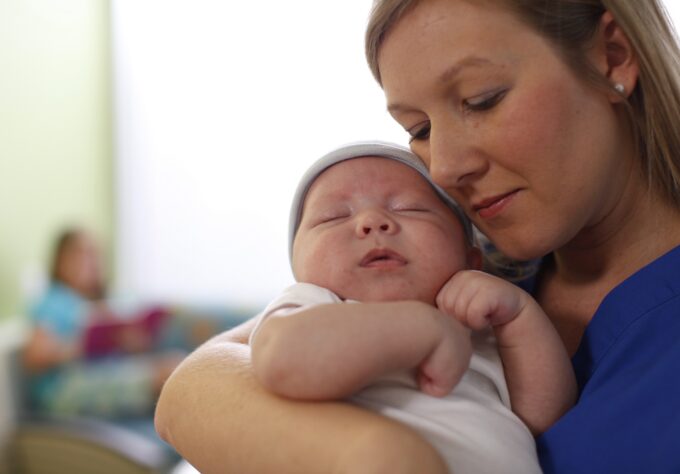At Nemours and elsewhere around the globe, April is the month to shine a light on the autism community. As parents, learning the signs of autism spectrum disorder, observing your child’s development, getting a timely and accurate diagnosis, and beginning treatment as early as possible can make a critical difference in your child’s future. Here are the basics:
What is autism spectrum disorder (ASD)?
ASD is a lifelong, neurologically-based developmental disorder that’s described as a ”spectrum” because symptoms can vary in type and severity. No two cases are exactly alike. The core features of ASD are a) social and communication deficits and b) repetitive or restricted behavior, interests or activities.
What causes ASD and how common is it?
While a precise cause is unknown, a variety of factors, including environmental, biologic and genetic factors, are thought to increase the likelihood that a child will have ASD. The prevalence of autism spectrum disorder has increased dramatically in the U.S. over the past 15 years, from an estimated 1 in 150 children to the current rate of 1 in 68 children. ASD affects more boys than girls at a ratio of 4:1.
What are the signs and symptoms of ASD?
The hallmark signs of ASD include:
- trouble interacting, playing with or relating to others
- little or brief eye contact with others
- unusual or repetitive movements, such as hand flapping, spinning or tapping
- delays in developmental milestones or loss of milestones already achieved
- not using or understanding language as a child that age typically would
- not exploring surroundings with interest (children seeming to be in their “own world”)
How and when is ASD diagnosed?
Children who show signs of ASD should be evaluated by a specialist with expertise in developmental disorders, such as a developmental pediatrician, pediatric neurologist, pediatric psychologist or psychiatrist. These professionals use parent interviews and questionnaires, and conduct a thorough observation of the child’s behavior in the context of communication, play and learning.
Studies show that parents of children with ASD notice a developmental problem before their child’s first birthday. In fact, problems with social interaction, communication and fine motor skills were often evident from 6 months of age. Most of the time, a reliable ASD diagnosis can be made by age 2, yet most children identified to have ASD aren’t diagnosed until age 4 or later. It’s important to have a diagnosis as early as possible to begin addressing areas of need.
How is ASD treated?
There’s no cure for ASD, but early intervention services can greatly improve a child’s communication and adaptive skills, social engagement and difficult behaviors. About half of children with ASD have average to above average intellectual ability. Therapies may include behavioral intervention (Applied Behavior Analysis), social skills group and individual instruction, speech and occupational therapy, and recreational activities. It’s also important to screen and treat children for commonly associated medical conditions such as seizure disorders, depression and anxiety.
If you suspect your child might have ASD, contact your pediatrician and share your concerns. If you or your doctor are still concerned, ask for a referral to a specialist who can do a more in-depth evaluation.
Watch our Answers to Grow On video about autism with Dr. Laura Dewey:
https://www.youtube.com/watch?v=RuLmYmIEXEo
Learn More
Get more information about autism care at Nemours/Alfred I. duPont Hospital for Children, and in-depth information about ASD from Nemours’ experts at KidsHealth.org:
- Autism
- Autism Special Needs Factsheet (to share with teachers)
- Raising a Child With Autism: Paige and Iain’s Story



